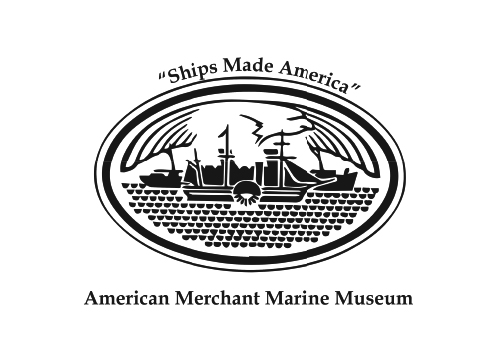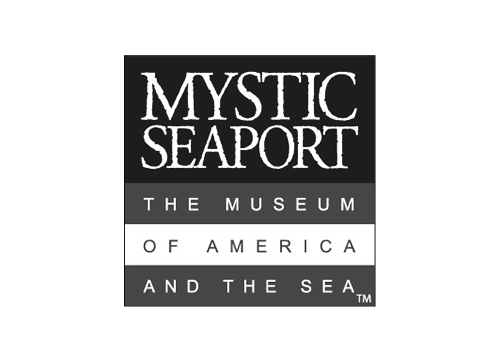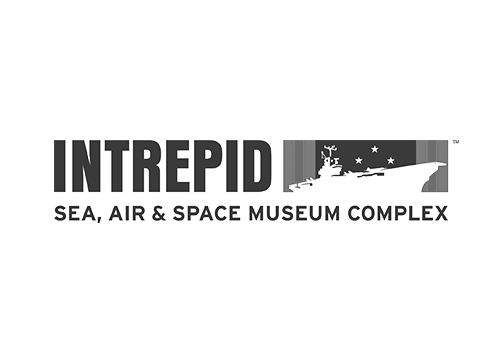Compelling Question
How did advances in marine navigation, from the 13th century CE through the 18th century CE, help to catapult Western Europe into global preeminence?
How do advances in marine navigation technology help nations develop and sustain world influence?
Download UnitThe open sea is a never-ending desert of water – the same in all directions. How did ancient mariners cross the ocean without GPS? The principles behind “modern” innovations used by our GPS-enabled devices are surprisingly similar to those used by technologies that guided seafarers hundreds of years ago. Whether by the stars, the astrolabe, or the kamal, sailors learned to navigate the seas using triangulation. This Inquiry Unit focuses on the technologies of navigation, beginning with the compass and ending with GPS. Students will analyze primary and secondary source documents and engage in hands-on Formative Performance Tasks as they explore the connections between navigational technology and the preeminence of seafaring powers in early modern times.
This inquiry is brought to you in Memory of John Meredith, and the Institute of Navigation.
Background Information
In this background information for the teacher, you will find historical insights on early maritime navigation and the engineering challenges that existed for sailors from the 13th century to the 18th century. It focuses on: the magnetic compass’ evolution from a magic needle to a sophisticated instrument; Europe’s quest to exploit the connectivity of the world’s oceans and the role of the compass played especially as it relates to trade; the tools needed to visualize the spatial relationships between ports, such as portolan charts; the need to understand the earth as a sphere; and the accurate measurement of time and how that relates to position on the globe. In addition, the background information highlights the geography and the culture of the times.
DownloadSupporting Questions
Formative Performance Tasks
- Look at the planet’s physical geography, build an argument that the sea was better at connecting cultures than the land.
- View Power of the Sea video and discuss the implications of using the sea for trade.
Featured Sources
- Power of the Sea
- https://www.google.com/maps/d/u/0/viewer?mid=1WouvrIFG1Z_aTy_zDf1HcMrI1sQ&hl=en_US&&ll=1.065611330584903%2C47.724608500000045&z=2
- Cantino Planisphere
- https://www.loc.gov/exhibits/exploring-the-early-americas/interactives/waldseemuller-maps/worldmap1507/index.html
- http://www.themappamundi.co.uk/mappa-mundi/
Formative Performance Tasks
- In pairs ask your partner to draw you a map from school to a specific location in your town.
- After reviewing the map, which landmarks were used to help you get to your destination?
- View Lost at Sea video and discuss how traveling the sea is different than traveling land.
- Based upon this information, how might Rhett get his friends home safely knowing that current technologies are not available to him?
Featured Sources
Formative Performance Tasks
- Compass Lesson Plan (Includes, Compass video, Lost at Sea video, portolan charts and the evolution of both, and a hands-on compass activity). Discover how the magnetic compass evolved from a mystical object to a precise and reliable instrument for travelling across the world’s oceans.
- View Latitude video and discuss how and why navigational technologies changed and evolved to determine latitude and why these new technologies were important to seafarers.
- View the short GPS video. How do the challenges of the past inform the technologies of today?
Featured Sources
Formative Performance Tasks
- Drawing connections to the last three questions, view the Longitude video and analyze the longitude challenge, how it was addressed by different societies, and what advantages were achieved. Students may also further investigate resources on the topic. Some sources are listed below.
- Teacher Choice: Classroom Activity – Teachers will choose from various sources to help students identify and realize the global consequences of regional responses to new navigational technologies
Featured Sources
Interdisciplinary & Other Source Materials
STEM Interdisciplinary – Find it with GPS!: From TryEngineering, “The “Find it with GPS!” activity explores the technology that makes GPS possible, and takes a look at global variations. Students work in teams to brainstorm recommendations for applying GPS technology to meet the needs of a global society, and present their proposals to the class.”
View Link
This Unit is Brought to You by The Institute of Navigation and in Memory of John Meredith



